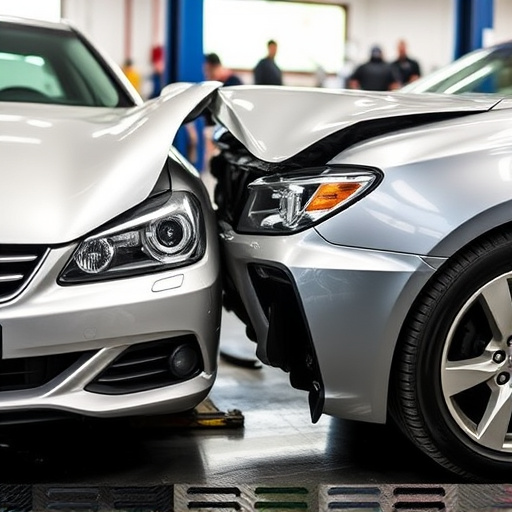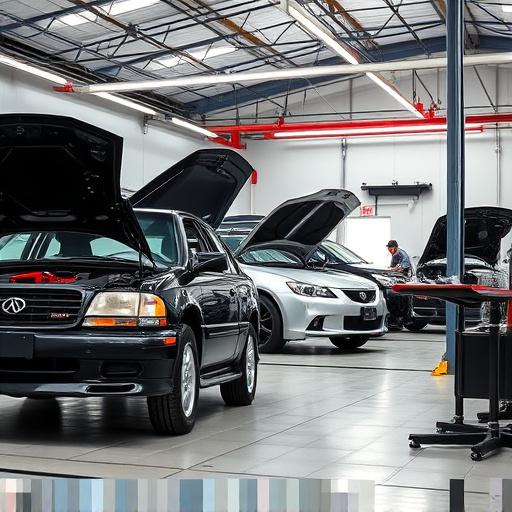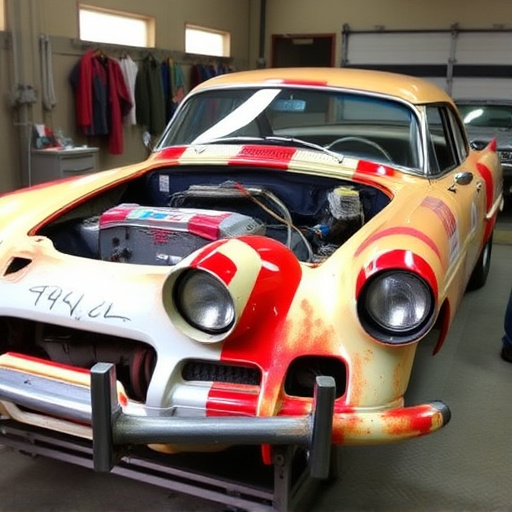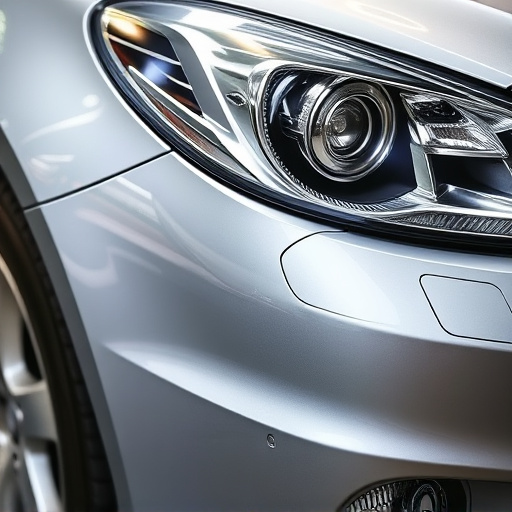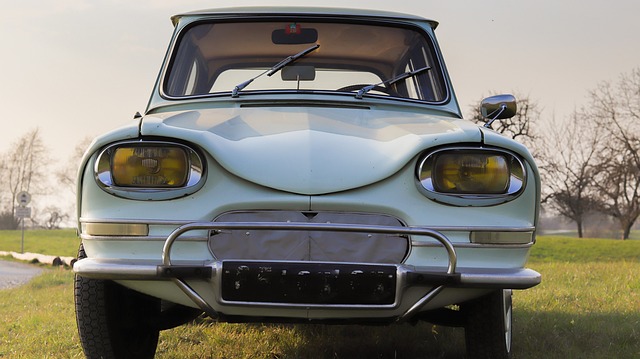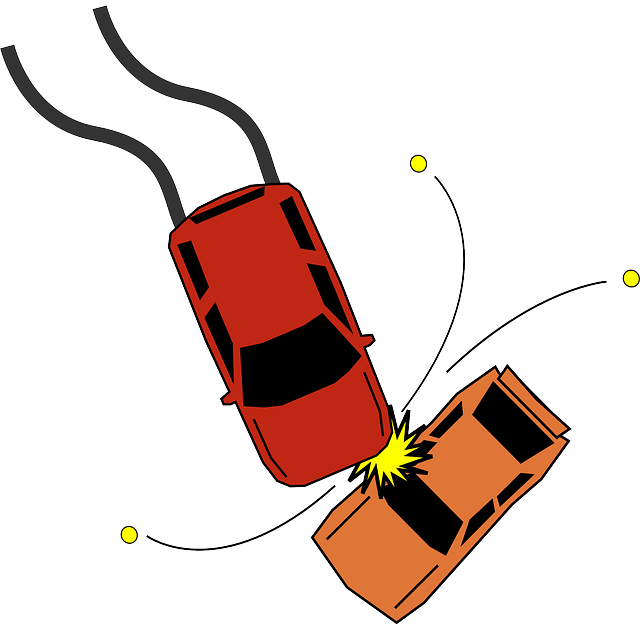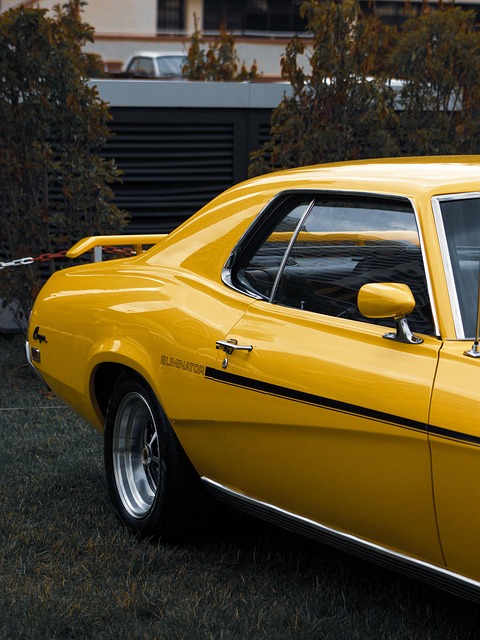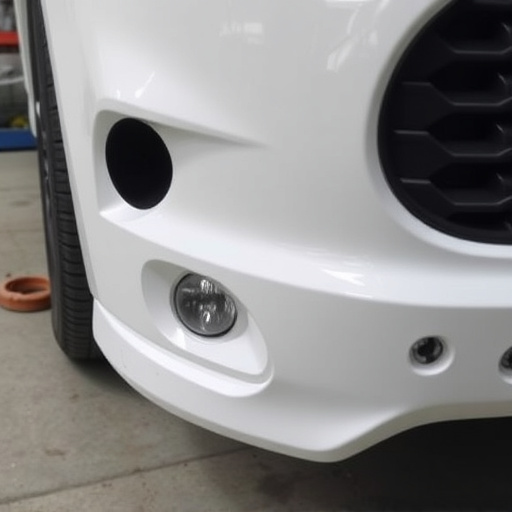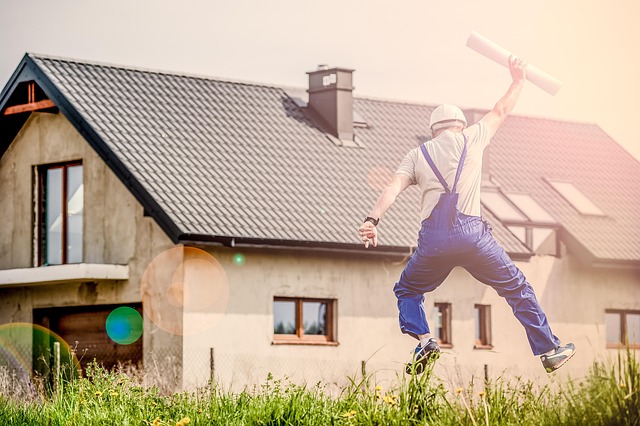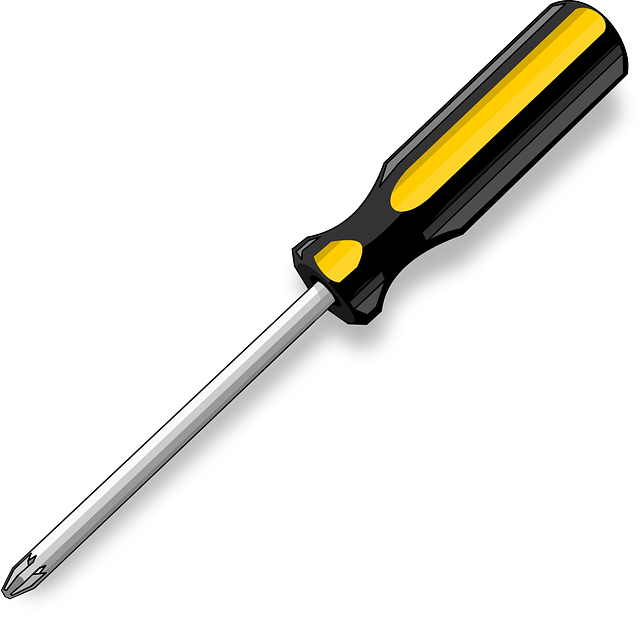Rain sensor calibration is essential after any repairs involving the rain sensor glass on a vehicle, ensuring peak performance and safety. It guarantees accurate rainfall detection, triggers necessary functions like activating wipers, and maintains clear visibility during adverse weather conditions. Proper calibration in auto collision centers enhances driver safety, prolongs wiper blade lifespan, reduces customer complaints, and fosters a positive reputation for high-quality work, making it as vital as the repair job itself.
Rain sensor glass is an essential component in modern vehicles, ensuring optimal wiper performance. Understanding when to calibrate these sensors after repairs is crucial for safe driving. This article guides you through the process of rain sensor calibration, focusing on post-repair requirements. We’ll explore key indicators that signal the need for recalibration and best practices for effective rain sensor glass repair and calibration, ensuring your vehicle’s wipers function at their best in various weather conditions.
- Understanding Rain Sensor Calibration
- When to Perform Calibration After Repairs
- Best Practices for Rain Sensor Glass Repair and Calibration
Understanding Rain Sensor Calibration
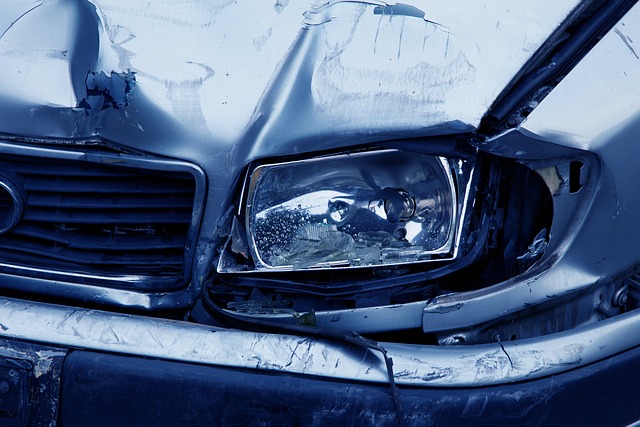
Rain sensor calibration is a critical process that ensures your vehicle’s rain-sensing wipers function optimally. It adjusts the sensor’s readings to accurately detect the presence and intensity of rainfall, preventing excessive or insufficient wiper operation. Understanding when to perform this calibration after repairs is key to maintaining effective windshield cleaning during inclement weather.
After a glass repair, especially involving the replacement of a rain sensor or its mounting, calibration becomes even more crucial. Similarly, following automotive collision repair or vehicle restoration where components might have been affected by damage and disassembly, recalibration ensures that the rain sensor functions seamlessly with the wiper system, providing proper protection during rainy conditions in your auto repair shop or on the open road.
When to Perform Calibration After Repairs
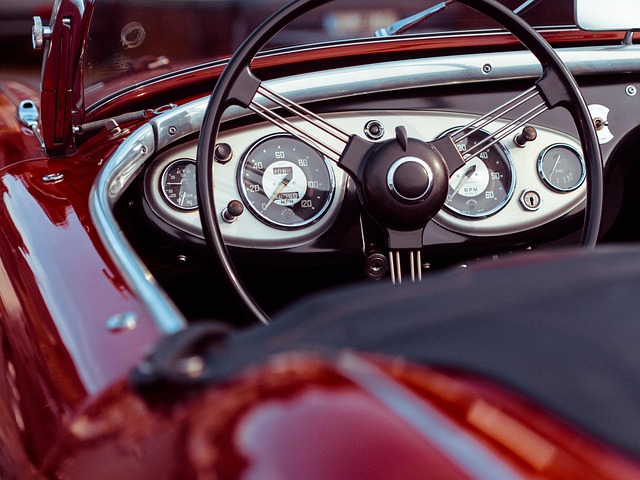
After any repairs involving the rain sensor glass on a vehicle, it’s crucial to perform calibration to ensure its optimal performance. The timing of this step is critical; ideally, it should be done immediately after the repair work is completed. This is because even slight adjustments or imbalances during the repair process can impact the sensor’s accuracy and responsiveness.
During an auto body restoration, fender repair, or vehicle paint repair, various components might be touched or replaced, affecting the rain sensor’s alignment and sensitivity. Calibration ensures that the sensor correctly detects raindrops and triggers the appropriate functions, such as activating the windshield wipers. It’s a vital step in maintaining the vehicle’s safety features and ensuring drivers have optimal visibility during adverse weather conditions.
Best Practices for Rain Sensor Glass Repair and Calibration
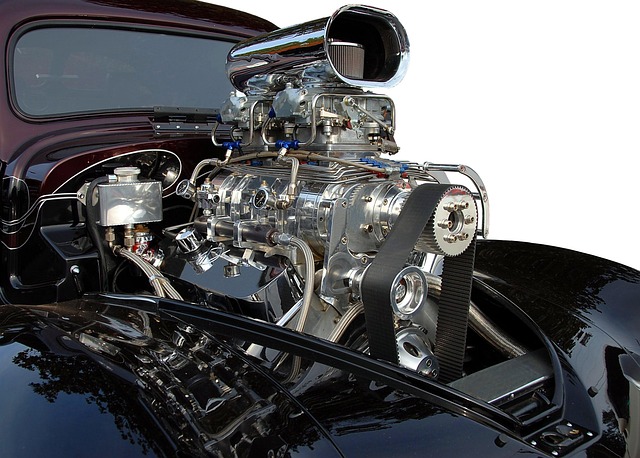
When performing repairs on a vehicle, especially involving the auto collision center or auto repair services, it’s crucial to consider the rain sensor glass as a key component that requires meticulous attention. Best practices for rain sensor glass repair encompass not just replacing the physical sensor but also ensuring precise calibration. After any substantial vehicle body repair, technicians should meticulously inspect and calibrate the rain sensor to guarantee its optimal functionality. This involves adjusting the sensitivity settings to accurately detect water droplets without false triggers, ensuring the vehicle’s wipers are deployed only when necessary.
Proper calibration not only enhances the driver’s safety by preventing unnecessary wiper activation but also prolongs the lifespan of the wiper blades and the rain sensor itself. Auto repair services that prioritize this step can significantly reduce customer complaints related to erratic wiper operation, thereby fostering a positive reputation for their high-quality work. Remember, a well-calibrated rain sensor is as vital as a smooth vehicle body repair job.
Proper rain sensor calibration after repairs is essential for ensuring accurate weather detection. Based on the article’s discussion, it’s recommended to perform calibration as part of the post-repair process for optimal performance. By adhering to best practices for rain sensor glass repair and focusing on timely calibration, you can maintain reliable weather monitoring systems, enhancing their longevity and functionality. Remember, a well-maintained rain sensor is crucial for accurate data collection in both residential and commercial settings.

